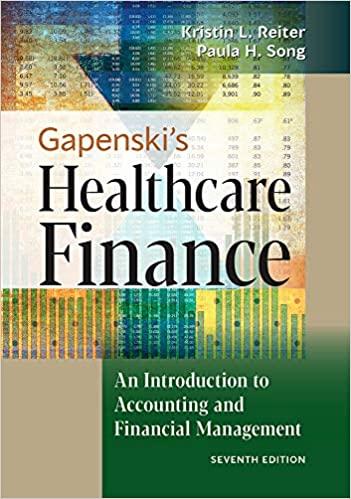| There are two stocks in the market, Stock A and Stock B. The price of Stock A today is $85. The price of Stock A next year will be $74 if the economy is in a recession, $97 if the economy is normal, and $107 if the economy is expanding. The probabilities of recession, normal times, and expansion are .30, .50, and .20, respectively. Stock A pays no dividends and has a correlation of .80 with the market portfolio. Stock B has an expected return of 15.0 percent, a standard deviation of 35.0 percent, a correlation with the market portfolio of .34, and a correlation with Stock A of .46. The market portfolio has a standard deviation of 19.0 percent. Assume the CAPM holds | a-1. | What is the return for each state of the economy for Stock A? (A negative answer should be indicated by a minus sign. Do not round intermediate calculations and enter your answers as a percent rounded to 2 decimal places, e.g., 32.16.) | | a-2. | What is the expected return of Stock A? (Do not round intermediate calculations and enter your answer as a percent rounded to 2 decimal places, e.g., 32.16.) | | a-3. | What is the variance of Stock A? (Do not round intermediate calculations and round your answer to 4 decimal places, e.g., 32.1616.) | | a-4. | What is the standard deviation of Stock A? (Do not round intermediate calculations and enter your answer as a percent rounded to 2 decimal places, e.g., 32.16.) | | a-5. | What is the beta of Stock A? (Do not round intermediate calculations and round your answer to 3 decimal places, e.g., 32.161.) | | a-6. | What is the beta of Stock B? (Do not round intermediate calculations and round your answer to 3 decimal places, e.g., 32.161.) | |






